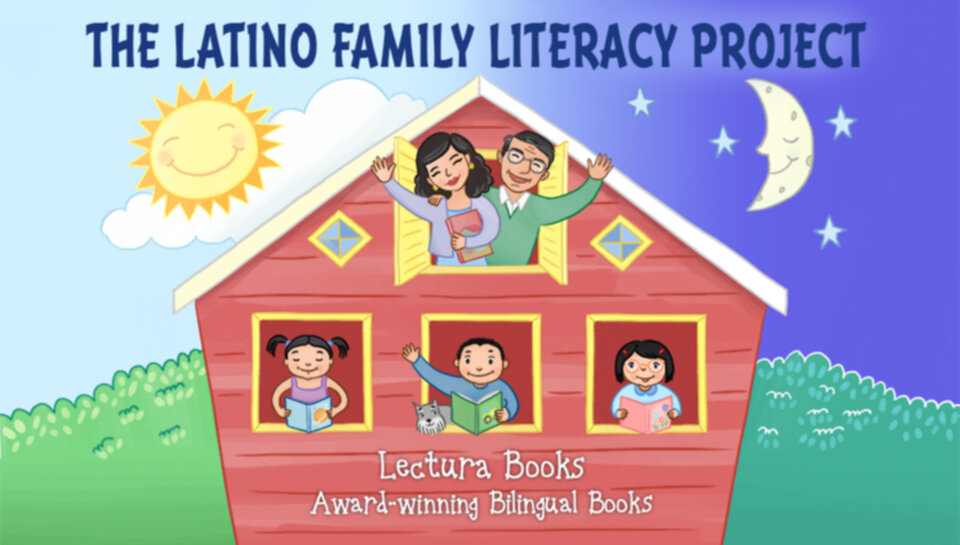The Best Time to Introduce a Second Language to Children
The data is out. Rather than causing a language disorder or delay, as was once believed, exposing kids to a foreign language at the same time they’re learning their home language, may be the best time to introduce a second language to children. Although many people in the US don’t start learning a foreign language until middle school or later, recent research indicates that the optimal time to learn a second language is when they’re even younger.

Studying 20 different cultures for over 25 years, one language acquisition expert believes that the biggest feat in human development is learning a language. Based on her extensive research, she concludes, in an article by Cornell University, that the earlier a child begins learning a foreign language, the higher likelihood she or he will attain native-like proficiency.
With nearly two-thirds of the world’s population communicating in two languages or more, bilingualism is now the norm versus the exception. Wherever they live on the globe, a report by the Institute for Learning & Brain Sciences states that kids exposed to two languages from birth will usually begin saying short syllables and words at the same age as monolingual children.
The “Critical Period” theory also confirms that it’s best to learn a second language when children are younger, as they tend to grasp grammar and pronunciation better than older kids or adult second language learners. Other experts, however, call this theory into question. For instance, some recent studies described in an article by Hanen, a Canadian charitable organization, show that though younger children may have more native-like proficiency, kids in middle elementary school learning a second language have a stronger grasp on “academic language,” which is the specialized grammar, conversational and vocabulary skill sets, needed to learn in school. This may be due to the fact that they have more advanced cognitive skills than younger kids and more experience with literacy and school, in general.
Finding educational programs that support ELL students’ first language, such as The Latino Family Literacy Project, can make an enormous difference on their academic and language acquisition success.
